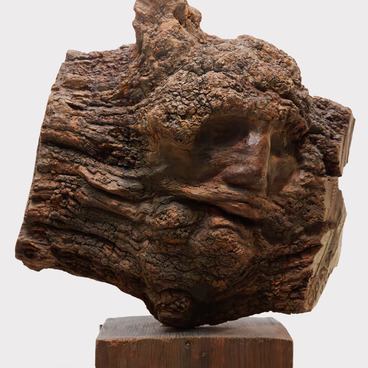The Mordovian costume is known for its rich decoration and abundance of ornaments. The traditional costume of the Moksha and Erzya included a chest fastener — a syulgam. This ornament is a highlight in the costume, used to fasten a deep neckline of a shirt. The fastener had a sacred function and was considered a talisman. Every woman knew that she had to hide the buckle and needle from prying eyes, which is why there were many other decorations around the syulgam — beads, beaded collars, necklaces made of large beads and cowrie shells. Young women wore large syulgams. They played not only a sacred and utilitarian role, but also a decorative one. They were adorned with notches, colored glass eyelets and had pendants made of chains, rows of large beads, bugles and seed beads alternating with metal tokens and buttons. Women often wore two syulgams: a small one and a large one. The small oval syulgam was open and had no suspended parts. The big syulgam was fastened on top of the small one and was richly decorated.
Syulgams belonging to different Mordovian tribes differ significantly in shape. The syulgam of the Erzya type is an open-ended oval ring with a movable needle. The central part of the Moksha-type syulgam is a metal trapezoidal plate decorated with beads, bright seed beads, coins and pendants made of copper chains, to which bells, buttons and tokens were attached. The Moksha syulgams had their own distinctive features depending on the region and local traditions. For example, the syulgams of the Moksha women of the southwestern group were decorated most often with small beads of contrasting colors. The laconic form is emphasized by a dense row of coins along the outer edge of the ornament. The syulgams worn by the Moksha women of Aturyevsky and Staroshaygovsky districts were ornamented with pendants made of copper chains, tokens and coins. In the southern group of the Moksha (Insarsky, Kovylkinsky and Kadoshkinsky districts of the Republic of Mordovia) this ornament was also known as shurkhne. The fastener consisted of a leather plate, which was attached to the shirt with a ring and a movable pin. A beaded net, sewn in multicolored rows, was attached to the plate. At the same time, a traditional trapezoidal shaped syulgam with pendants made of chains, beads and tokens was worn in these districts too.
Syulgams belonging to different Mordovian tribes differ significantly in shape. The syulgam of the Erzya type is an open-ended oval ring with a movable needle. The central part of the Moksha-type syulgam is a metal trapezoidal plate decorated with beads, bright seed beads, coins and pendants made of copper chains, to which bells, buttons and tokens were attached. The Moksha syulgams had their own distinctive features depending on the region and local traditions. For example, the syulgams of the Moksha women of the southwestern group were decorated most often with small beads of contrasting colors. The laconic form is emphasized by a dense row of coins along the outer edge of the ornament. The syulgams worn by the Moksha women of Aturyevsky and Staroshaygovsky districts were ornamented with pendants made of copper chains, tokens and coins. In the southern group of the Moksha (Insarsky, Kovylkinsky and Kadoshkinsky districts of the Republic of Mordovia) this ornament was also known as shurkhne. The fastener consisted of a leather plate, which was attached to the shirt with a ring and a movable pin. A beaded net, sewn in multicolored rows, was attached to the plate. At the same time, a traditional trapezoidal shaped syulgam with pendants made of chains, beads and tokens was worn in these districts too.


